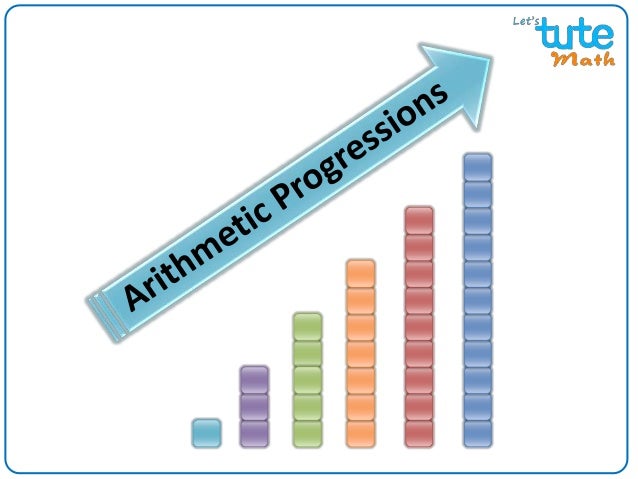Arithmetic sequences and series

An arithmetic sequence is a sequence of numbers such that the difference of any two successive members of the sequence is a constant.
Example 1
2,4,6,8,10….is an arithmetic sequence with the common difference 2.
If the first term of an arithmetic sequence is a1 and the common difference is d, then the nth term of the sequence is given by:
An arithmetic series is the sum of an arithmetic sequence. We find the sum by adding the first, a1 and last term, an, divide by 2 in order to get the mean of the two values and then multiply by the number of values, n:
Example 2
Find the sum of the following arithmetic series 1,2,3…..99,100
We have a total of 100 values, hence n=100. Our first value is 1 and our last is 100. We plug these values into our formula and get:
Video lesson
Find the 20th value of the following sequence 1,4,7,10….

No comments:
Post a Comment